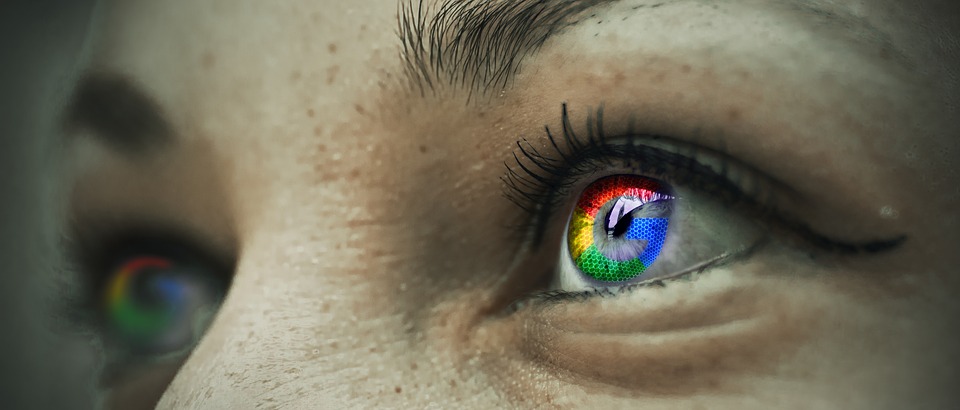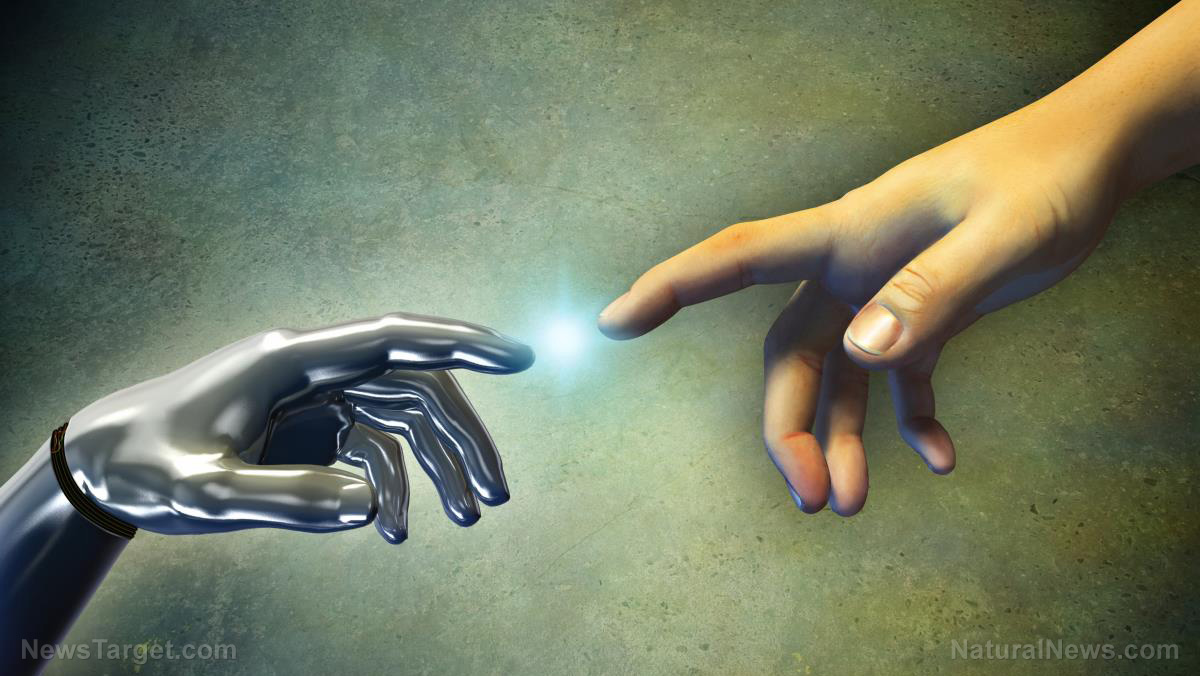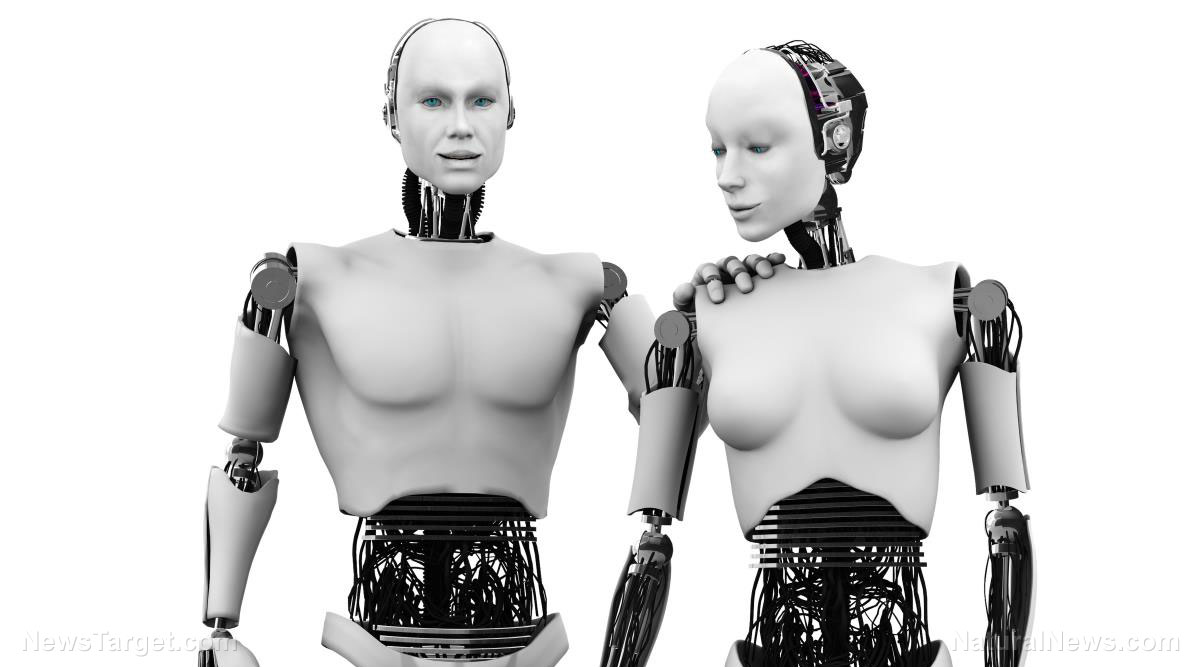Google chief thinks immortality will happen by 2029
03/31/2017 / By Ethan Huff

Will humans one day be able to live forever? Google’s Director of Engineering, Ray Kurzweil, thinks it’s a possibility. He says that living in a fleshly shell for eternity could become a reality as soon as 2029, when scientists are set to unveil special “nano-bots” that will supposedly be able to navigate throughout people’s bodies to fight disease and prevent death.
In just a little more than 10 years, Kurzweil says, medical technologies will have become so advanced that the aging process could be stopped entirely. People will no longer develop wrinkles, they’ll no longer get sick with debilitating illness, and they’ll finally achieve what many in the tech world have been pushing for: a complete and total merger of human flesh with machines.
“I believe we will reach a point around 2029 when medical technologies will add one additional year every year to your life expectancy,” Kurzweil is quoted as saying by the U.K.’s Express. “By that, I don’t mean life expectancy based on your birthdate, but rather your remaining life expectancy.”
What will make this all possible, in Kurzweil’s view, is the development of groundbreaking nanotechnology that can be directly implanted into the human body to keep it functioning in ways that the aging process would otherwise degrade. Nano-bots with the ability to help boost the immune system, for instance, or fight disease will replace traditional forms of medicine that only delay the inevitable.
According to those working on the technology, these nano-bots will have a disease-fighting success rate of close to 100 percent, meaning there will be no chance of failure once they’re in motion. Some have referred to this concept as technological singularity, or the merger of artificially-intelligent machines with the human form.
Humans will be able to live forever by 2045, Kurzweil says
While the platform for this type of nano-bot technology is expected to be released around 2029, Kurzweil says, it won’t be until 2045 that the first humans will be able to live in perpetuity with no chance of death. By this point, introducing nano-bots into people’s bodies will have surpassed the beta-testing process and become marketable to the masses.
Beyond this, Kurzweil and his acolytes hope to one day connect people’s brains directly to the internet, or to the “cloud,” as the supposed next step in human “evolution.” Kurzweil and his colleagues believe that humans have reached the maximum capacity at this stage in human development, and must now move to the next phase. (RELATED: More information on the push towards trans-humanism is available at TransHumanism.News.)
This phase involves making human beings more machine-like, which Kurzweil believes will result in improvements in the way people live and interact with one another. If his wish becomes a reality, the world will resemble something like the movie The Matrix, in which humans could end up living in tiny pods with their fleshly bodies and brains connected to the “hive mind” as part of some superficial and fake reality.
Machines do much of our thinking already. Mobile “smartphones” can already pull up anything our hearts desire, on a whim, and artificial intelligence (AI) technologies are beginning to take shape as an automated replacement for human ingenuity and creative expression. The human form and existence, in other words, is being pushed to obsolescence by people like Kurzweil, and corporations like Google, that seem to worship technology over humanity.
“We’ll create more profound forms of communication than we’re familiar with today, more profound music and funnier jokes,” Kurzweil believes, perhaps in subconscious discontent with his own apparent shortcomings as a fully-functioning and expressive human being. “We’ll be funnier. We’ll be sexier. We’ll be more adept at expressing loving sentiments.”
Sources:
Tagged Under: Google, nanotechnology, transhumanism




















